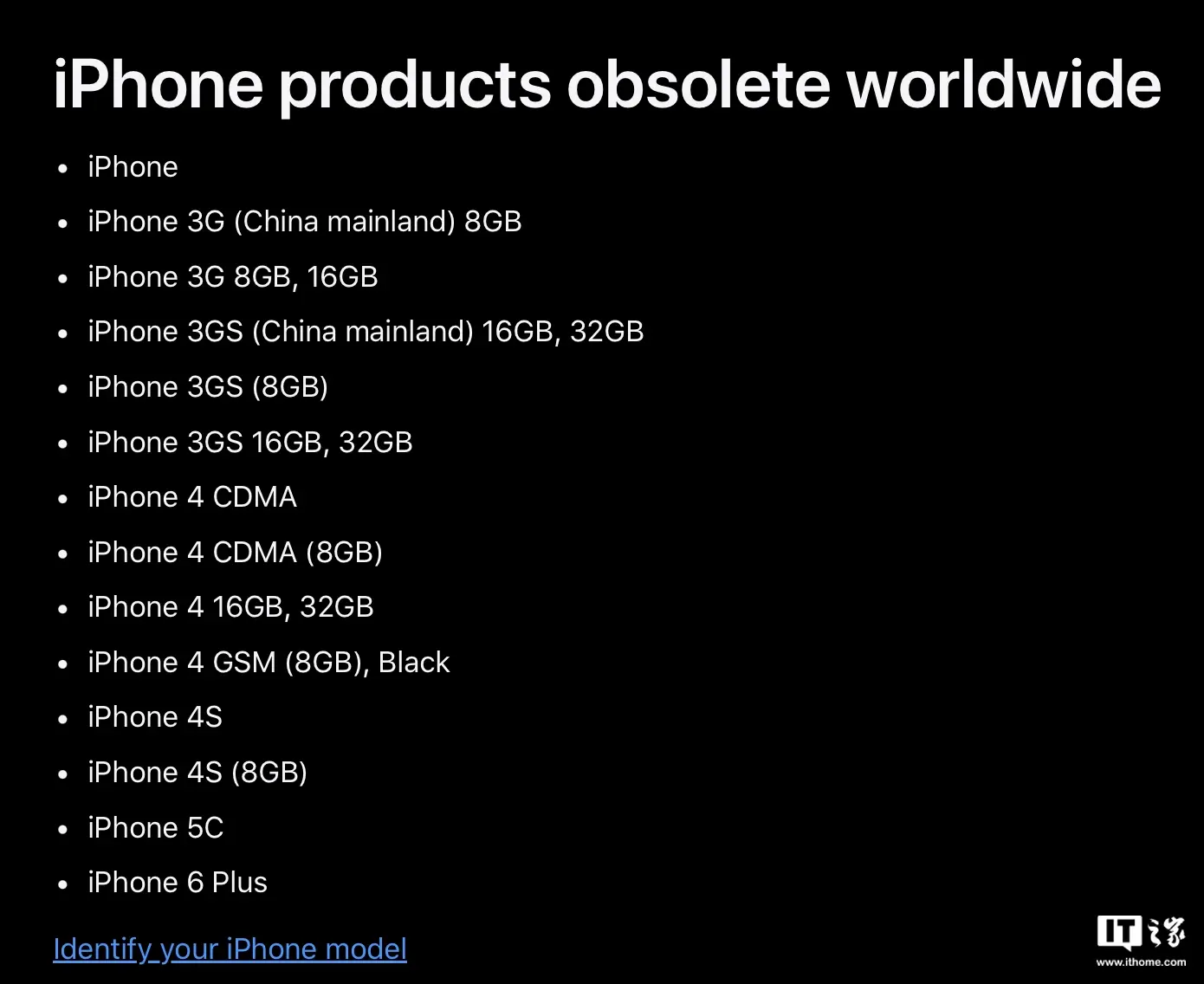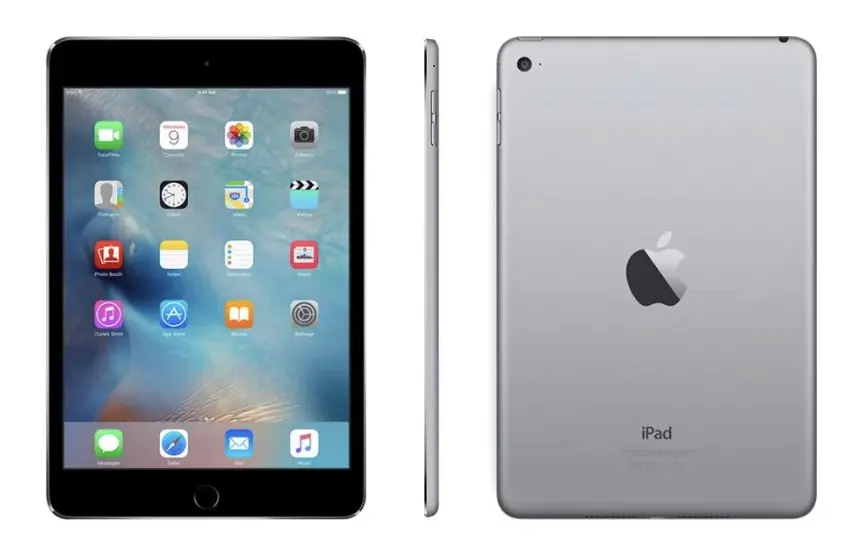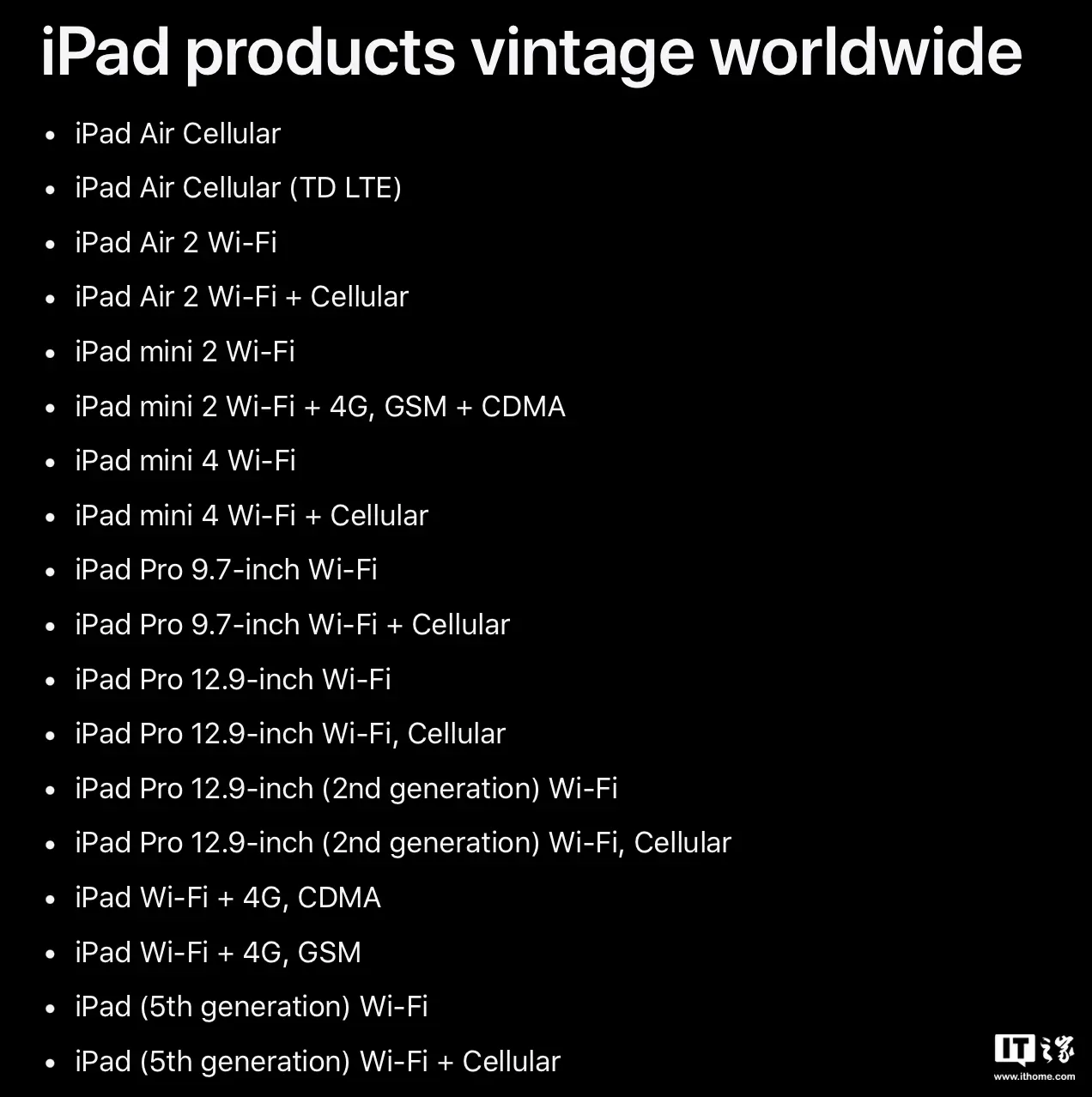Apple’s recent decision to categorize the iPhone 6 Plus as “obsolete” and the iPad mini 4 as “vintage” has sparked discussions among tech enthusiasts and Apple users. The move marks a milestone in the lifecycle of these iconic devices, shedding light on Apple’s approach to product longevity and support. According to Apple regulations, products are marked as “vintage” five years after they have been discontinued. These devices will enter the “obsolete” list after seven years. When a device enters the obsolete list, it may not receive official repair services. This means that Apple service provider it doesn’t necessarily fix the device. However, Apple will continue to provide repair services if parts are still available.
iPhone 6 Plus: A Journey into Aging
The iPhone 6 Plus, released in September 2014, was a groundbreaking device that introduced larger screens and Apple Pay support to the iPhone lineup. Equipped with an A8 chip, this smartphone offered users a seamless experience and became a popular choice for many. However, after seven years since it was last distributed for sale, Apple now considers the iPhone 6 Plus to be “obsolete” globally. This classification implies that Apple Stores and Authorized Service Providers will no longer offer repair or hardware service for this device.
Despite its discontinuation in September 2016, the iPhone 6 Plus continued to be available through distributors in select countries for several more years. Software support for this device also ended with iOS 13 support dropping in 2019. This move by Apple highlights the company’s commitment to focus on newer technologies and ensure that users have access to the latest features and updates for security.

The iPhone 6 Plus, a pioneering device in Apple’s lineup, boasts impressive specifications that set it apart in the smartphone market. With a 5.5-inch Retina HD display with widescreen Multi‑Touch technology with LED backlight and IPS panel, the device offers a resolution of 1920 x 1080 pixels at 401 ppi. Powered by an A8 chip with 64-bit architecture and an M8 motion coprocessor, iPhone 6 Plus delivers smooth performance and efficient power management. Its iSight camera includes an 8MP sensor with 1.5µ pixels, autofocus with Focus Pixels, optical image stabilization (exclusive to iPhone 6 Plus) and True Tone flash. The device supports 1080p HD video recording, time-lapse video, time-lapse video and enhanced face detection. In addition, iPhone 6 Plus includes Touch ID for secure authentication, Apple Pay for convenient transactions and a range of connectivity options.
iPad mini 4: Go retro
The iPad mini 4, released in September 2015, joined the ranks of “retro” products according to Apple’s classification. Equipped with the same A8 chip as the iPhone 6 Plus, this tablet offers a compact form factor and powerful performance. With the transition to the retro category, iPad mini 4 users can still benefit from repair services provided by Apple Stores and authorized service providers for up to two more years, depending on parts availability.
Gizchina News of the week

The retro status indicates that more than five years have passed since the iPad mini 4 was last distributed for sale. Although it is no longer actively sold by Apple, the device retains its charm for users who appreciate its design and functionality. iPad mini 4 supports up to iPadOS 14, giving users a reliable and flexible tablet experience.
The iPad mini 4 is a compact yet powerful tablet with a range of impressive specifications. Equipped with a 7.9-inch Retina display with LED-backlit Multi-Touch technology, the device features a resolution of 2048 by 1536 pixels at 326 pixels per inch (ppi) and includes a fingerprint-resistant oleophobic coating and an anti-reflective coating for improved visibility. Powered by an A8 chip with 64-bit architecture and an M8 motion coprocessor, iPad mini 4 delivers smooth performance and efficient multitasking capabilities. Its 8-megapixel camera supports features like autofocus, panorama, HDR, burst mode and video recording at 1080p HD with slow-motion and time-lapse options. The tablet also includes a FaceTime HD camera, dual microphones, Wi-Fi and cellular connectivity options, and a variety of sensors for a complete user experience.

Apple’s Product Lifecycle Strategy
Apple’s decision to classify products as retro or obsolete reflects the company’s strategy to effectively manage the product life cycle. Vintage products that have been out of production for more than five years but less than seven may still receive service based on parts availability and legal requirements. On the other hand, obsolete products discontinued for at least seven years do not receive any hardware service from Apple.
This approach ensures that Apple can focus its resources on supporting newer products and technologies while providing a grace period for users of vintage devices to access repair services. By setting clear guidelines for product classification, Apple seeks to streamline its support services and maintain a balance between innovation and legacy product support.
Conclusion
In conclusion, Apple’s decision to add the iPhone 6 Plus to the obsolete list and the iPad mini 4 to the retro list marks an important milestone in the life cycle of these devices. While the iPhone 6 Plus paved the way for larger screens and Apple Pay support, the iPad mini 4 offered users a compact and powerful tablet experience. As these devices transition to new statuses, consumers can reflect on the impact they’ve had on the tech industry and appreciate the evolution of Apple’s product lineup.
Apple’s commitment to providing repair services for vintage products and focusing on innovation in newer devices demonstrates the company’s dedication to delivering quality products and support to its customers. As technology continues to evolve, Apple’s approach to product lifecycle management sets a precedent for balancing legacy support with future enhancements, ensuring a seamless experience for users across the product line.
Apple adds a new iPhone and iPad to its “Obsolete” and “Vintage” lists

